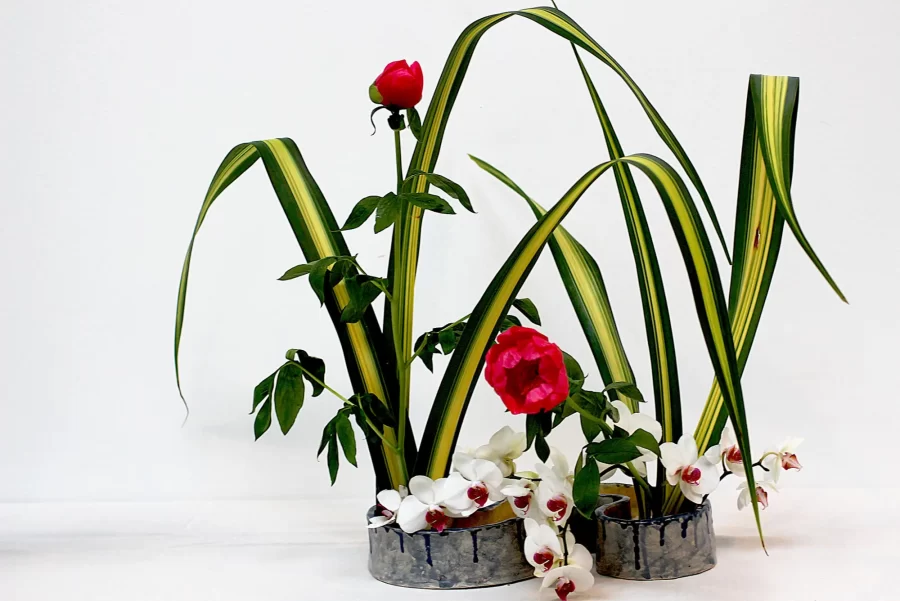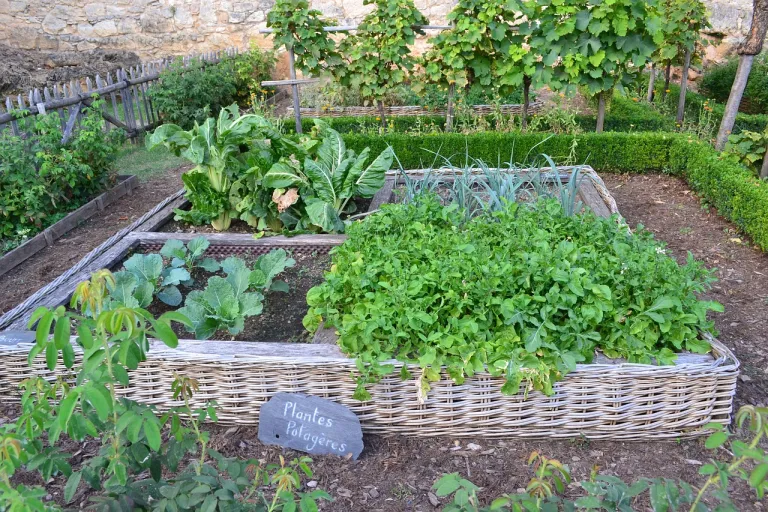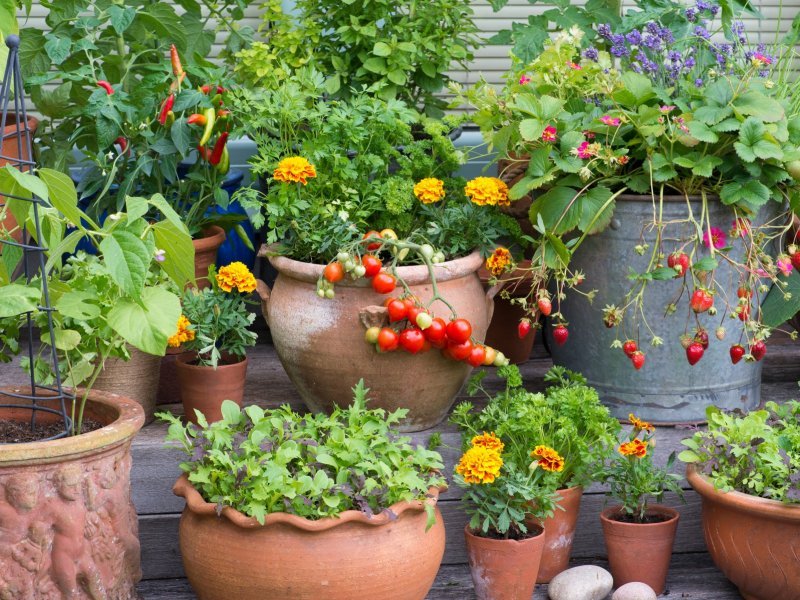The art of flower arrangement was developed by man since the time of the pharaohs. Considered a living art, it is as ancient as paintings and sculptures. It is said that there were already garlands of lotus and other flowers utilized as offerings for the dead.
In the Orient, the idea of using flowers as a means of communication started in India among the Buddhist monks. Although flowers were not formally arranged, it was said that Buddhist monks were the first to use flowers as offerings to the gods. When the idea reached Japan via China and Korea, the formal flower arrangement was introduced by Buddhist priest Ono-no-Imoko with the support of Prince Shotoko Taishi, a fervent Buddhist reformer. Prince Taishi was the first to introduce the Chinese calendar and also the first to promulgate a code of laws.
Ono-no-Imoko used to occupy a small house near the pool in the temple gardens where the first flower arrangements, known then as Ikenobo, were made. The dwelling referred as ike no bo, means the “hut near the pond.” Now known as Ikebana, it means living plant material in water.
The history of Ikenobo is also the history of Ikebana. Ikebana began with Ikenobo and for over 500 years, other schools have branched off from Ikenobo. Ikenobo is said to be the origin of Ikebana. Ikenobo’s history encompasses both the traditional and the modern, the two continually interacting to encourage a new development in today’s Ikebana.
Like all other schools, the students in Ikenobo start with the basic styles such as Moribana and Nageire. Moribana is arranged in a low bowl or vase with the use of a pint point flower holder called kenzan to support the material in place while the Nageire, arranged in tall vase, the crisscrossed sticks termed Soegi (splints) or kuban, is used for support. Both should compose of the three elements-Shin, Soe and Tai or Hikae, translated Heaven, Man and Earth.
There are three variations of Moribana and Nageire namely, upright, slanting and cascading. Apart from the three main elements, helpers and fillers may be added depending upon the visual strength of the materials.
Ikenobo’s signatures are the classical Shoka and Rikka. Shoka is divided into two-the Shoka Shofutai and Shoka Shimputai. The Shoka Shofutai is again divided into three-Isshuike (one material), Nisshuike (two-material) and Sansshuike (three-material). While Shoka Shofutai has three elements, Shin, Soe and Tai, the Shoka Shimputai has only two main contrasting parts: the Shu (the most important or prominent) and Yo (less important). One example of two contrasting materials is, if one is broad and heavy looking, the other must be narrow and light looking. A third material called ashirai or helper must be added to help neutralize or harmonize the two contrasting parts.
Rikka is the older form of flower arrangement. Suggesting a beautiful landscape, it started with seven principal branches, namely:
Soe – the true straight branch, standing in the center and suggesting a high mountain. It also suggests the feudal lord ruling his land;
Mikoshi – the supporting branch between the soe and uke;
Shoushin – the straight up branch, suggesting central park;
Uke – the receiving branch, suggesting the closest mountain;
Nagashi – the flowering branch, suggesting near road;
Mae oki – the anterior branch, the body of the arrangement suggesting near mountain
Subsequently, the Rikka style had other branches added – the hikae and do, making nine branches in all during the time of Ikenobo Master Senjo in the 18th century.
Since then, major developments of Ikebana had been created. The broadening of Ikebana to “modern Ikebana” introduced the use of new materials, not necessarily fresh: Steel. Stone, glass, plastic, etc. are incorporated with weeds and other plant materials to create an artistic design, not necessarily conforming to natural growth.









